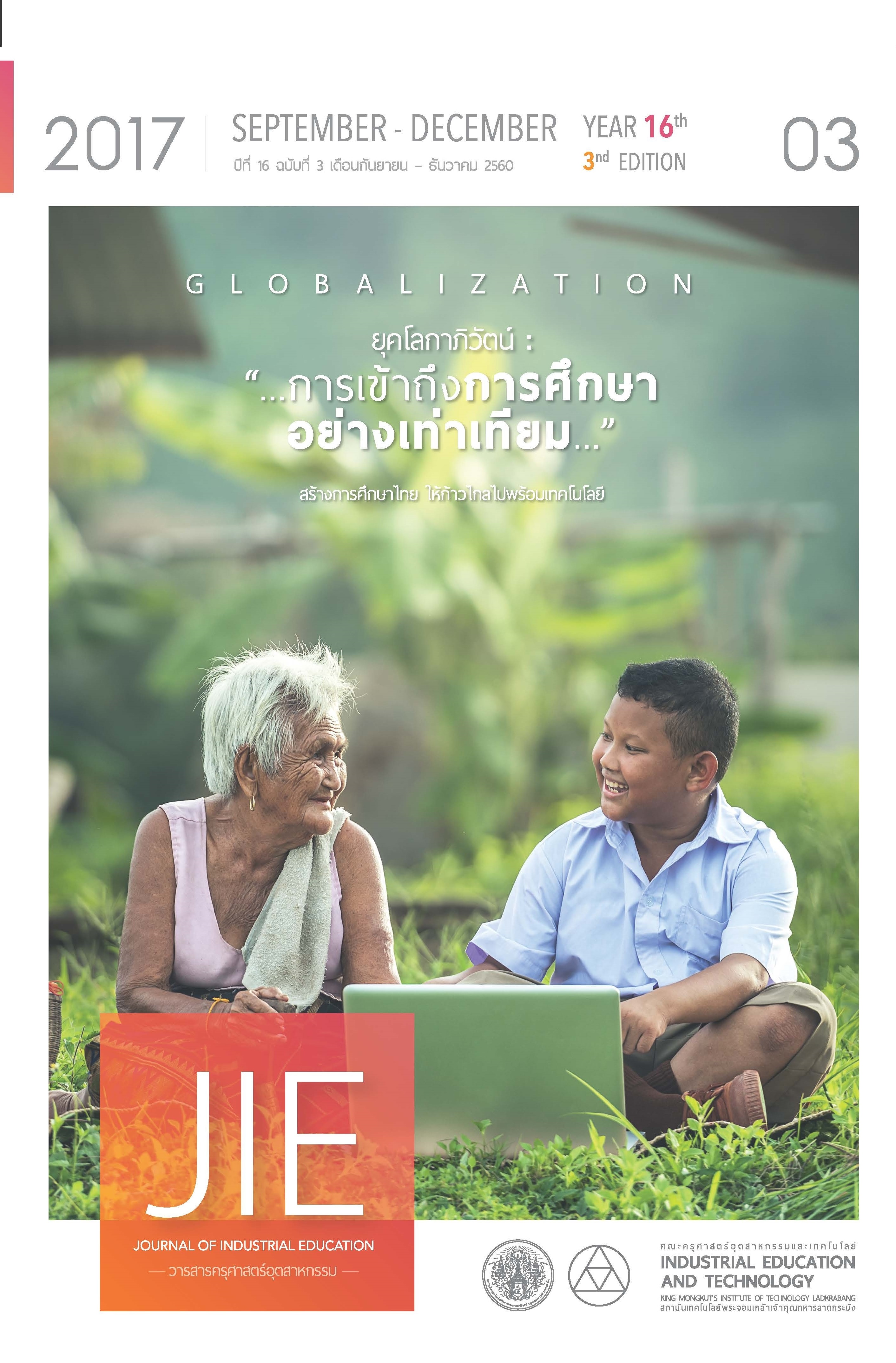THE COMPARISON OF VISUAL-MOTOR INTEGRATION SCORES BETWEEN LEARNING DISABILITY AND NORMAL CHILDREN
Main Article Content
Abstract
This study aimed to compare the visual-motor integration’s scores between 30 children who got diagnosed by psychiatrists as Learning Disability (LD), and 30 normal children who were comparable in ages, genders, and levels of education with LD group. Data was collected with three standardized tests, including (1) SPM-Parallel to measure IQ, (2) WRAT-Thai to evaluate academic achievement, and (3) Bender-Gestalt II to assess visual-motor integration. The scores of the Bender-Gestalt II in Copy phase and Recall phase, the amounts of time spent on the tests for both phases, the number of recall-figures, as well as the scores of Perception and Motor Tests will be considered.
Results showed the profile of visual-motor integration in the LD children that they got the scores of Copy and Recall phases within average (M = 93.63 and 96.43, respectively). Regarding the time spent, the LD children were rapid on the tests for both phases (M = 8.51 and 2.57 min, respectively). The number of recall-figures was little (M = 4.53), while the scores of Perception and Motor tests were high (M = 11.23 and 9.07, respectively). When compared with the normal children, the LD children obtained significantly lower scores of Copy phase and Recall phase at the level of .01. They also spent less time in Copy phase at the level of .05. However, the time spent in Recall phase, the numbers of recall-figures, the scores of Perception and Motor tests were not significantly different between the LD and the normal children. This result benefits for psychologists to define criteria and profile of Bender-Gestalt II in LD children in order to employ them as inferential information later on.
Article Details
"The opinions and contents including the words in papers are responsibility by the authors."
"ข้อคิดเห็น เนื้อหา รวมทั้งการใช้ภาษาในบทความถือเป็นความรับผิดชอบของผู้เขียน"
References
[2] American Psychiatric Association. 2013. Diagnostic and Statistical Manual of Mental Disorders Fifth Edition DSM-5 TM. Arlington VA: Author.
[3] Pieters, S., Desoete, A., Roeyers, H., Vanderswalmen, R., and Van Waelvelde, H. 2012. Behind mathematical learning disabilities: What about visual perception and motor skills?. Learning and Individual Differences. 22, p. 498-502.
[4] Brannigan, G. G., and Decker, S. L. 2003. Bender-Gestalt II Examiner’s Manual. Itasca. IL: Riverside Publishing.
[5] Wilson, C. R., Voorhis, V., and Morgan B. L. 2007. Understanding Power and Rules of Thumb for Determining Sample Sizes. Tutorials in Quantitative Methods for Psychology, 3(2), p. 43‐50.
[6] Raven, J., Raven, J. C., and Court, J. H. 2003. Manual for Raven’s progressive matrices and vocabulary scales. Section 1: General overview. San Antonio, TX: Harcourt Assessment.
[7] Sayawaranon, P. 1997.The study of Academic Achievement in Elementary school students. Thai Journal of Clinical Psychology, 28(2), p. 24-37.
[8] Golden, C. J. 2008. Neurologically Impaired Children. In. Reitman, D. (Editor). Handbook of psychological assessment, case conceptualization, and treatment: volume 2 children and adolescents. New Jersey: John Wiley & Sons
[9] Nicolson, R. I., and Fawcett, A. J. 2011. Dyslexia, Dysgraphia, Procedural Learning and the Cerebellum. Cortex,47: p. 117-127.
[10] Riccio, C. A., Sullivan, J. R. andCohen, M. J. 2010. Neuropsychological assessment and intervention for childhood and adolescent disorders. New Jersey: John Wiley & Sons
[11] Unprai, P., Kaewpornsawan, T., Limsrichareon, K., Phattharayuttawat, S. and Witoonchart, C. 2011. Memory in children with learning disabilities. Journal of the Psychiatric Association of Thailand, 56(3), p. 229-242.
[12] Silverman, L. K. 2005. The two-edged sword of compensation: How to gifted cope with learning disabilities. Retrieved January 4, 2016, from The Gifted Development Center Website: https://www.gifteddevelopment.com/PDF_file/Twoedged%20sword%20of%20compensatation.pdf
[13] Groth-Marnat, G. 2009. Handbook of psychological assessment. 5th ed. Hoboken, N.J. : John Wiley & Sons
[14] Koppitz, E. M. 1975. The Bender-Gestalt Test for young children (Vol. 2). New York: Grune & Stratton

